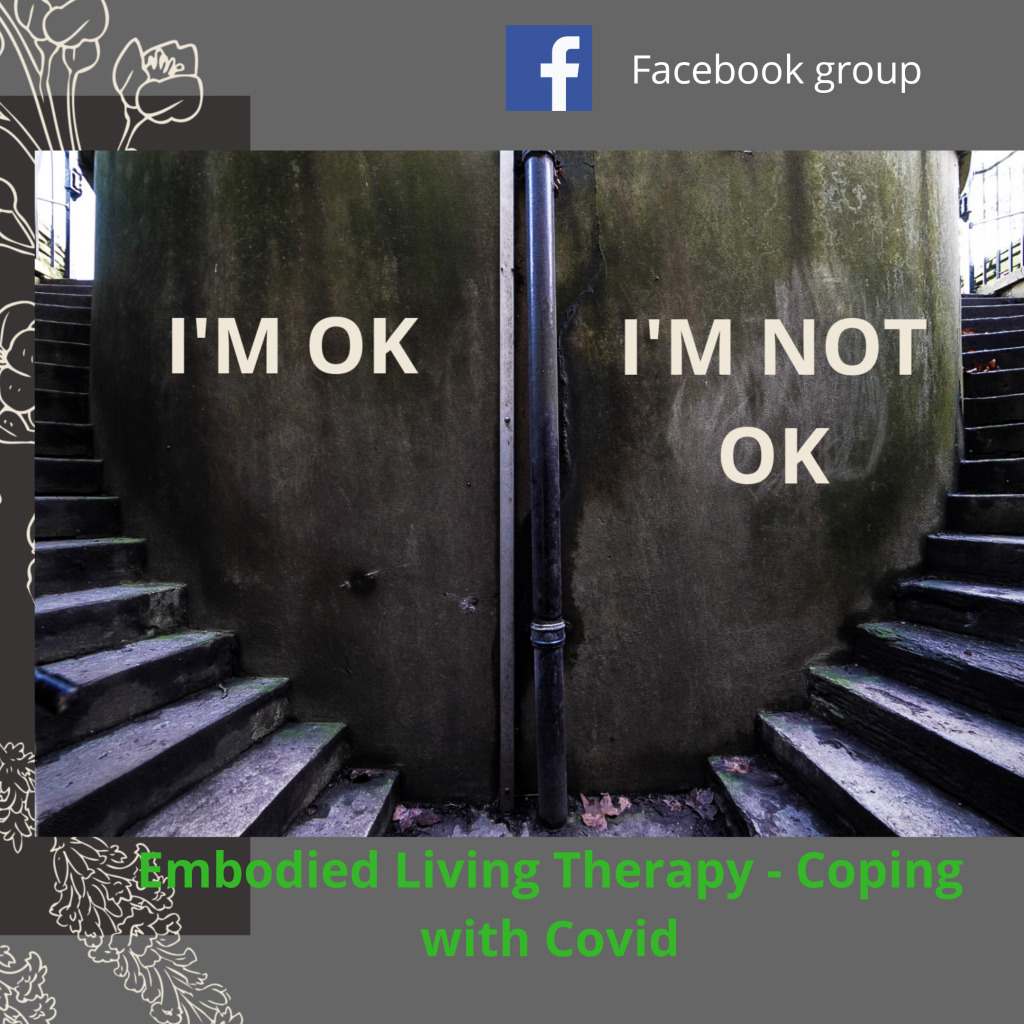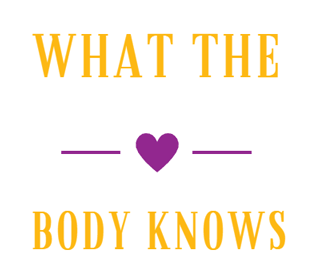Before COVID-19 struck, burnout was on the increase. Carers and people in positions of responsibility are more at risk. A friend of mine recently went on holiday and had to spend 48 hours in A&E because he collapsed with exhaustion. He recently told me, ‘as the MD I am the lifeblood of the business, if I stop, it all stops.’ Do you know anyone like this who needs some help with burnout?
Burnout on the increase
Half a million people in the UK suffer work-related stress and there is a worryingly high number of cases of burnout. Anyone can get it. A stay-at-home mum, a busy business owner, students, middle managers. It is particularly prevalent in the caring professions. During the coronavirus crisis, it does not have to be inevitable that our frontline carers suffer from burnout. We can be under even extreme pressure and not be at risk.
The first step in getting help with burnout is to be aware of the symptoms of burnout so that you can do something about it before it affects your physical and mental health.
Symptoms
There are three core categories of symptoms in burnout: emotional exhaustion; depersonalisation and reduced personal accomplishment. How do you spot them?
- Do you feel empty? Like the life has been drained out of you? Are you unmotivated and perk up only when you think about leaving work?
- Another insidious symptom of burnout is depersonalisation. Perhaps you are finding yourself increasingly cynical or using sarcasm more. Are you experiencing more and more feelings of bitterness or resentment? Perhaps you have just stopped caring?
- The final symptom that hits the often high-achieving sufferers of burnout hard is reduced personal accomplishment. If the warning signs are left unheeded, burnout will inevitably start to have an adverse effect on your work performance.
The causes of burnout
On the surface these symptoms are similar to depression, but being specific to the context of work is what makes the difference. The causes of burnout can include:
- Having to work very hard for little or no payoff
- Pressure to achieve
- Pessimism (those of a more pessimistic nature (glass half full) can be more prone to burnout in certain circumstances
- Isolation (think of the pressures of being the boss, or the stay-at-home mum, or the student away from home)
- Mindless social media consumption. The keyword here is mindless. Have you ever found yourself on social media because you are bored, or out of a compulsion or habit? However, using social media mindfully, with purpose can reverse burnout (things are never black and white!)
What you can do about burnout
Importantly, perhaps it is worth knowing about what you can do to handle burnout symptoms before you collapse from exhaustion:
- Listen to your body and give it what it loves: exercise, good food, relaxation (avoid alcohol etc)
- Identify areas in your life that are contributing to burnout. Perhaps it is your workload? Perhaps you have ‘issues’ around control? Do you have enough community and support around you?
- How good are you at delegating? Rather than talking about giving the less onerous tasks to the nearest ready hand, I am talking here about working on your pattern of ‘I’m the only one who can handle it.’
- Finally, find ways to actively antidote burnout: take your annual leave and build in time for fun.
If you can relate to this article, you might need some help. Seeking help is a sign of strength, not of weakness. And seeking the help of a professional can often be the greatest gift you can give to yourself, and your loved ones!
Resources to help with burnout
Here are some resources to help.
A simple self test if you are worried about yourself or someone you know.
Read more about stress on our blog.
Read more about breathing techniques to help you relax.
Find more resources here.


 There once was an old farmer, who lived in a remote region of the mainland, where the terrain is rough and the villagers manage to eek out a meagre existence only through hard work and the grace of God. One day someone left the gate open on the farmer’s pasture, and his only horse ran away. Now this was a very grave situation, indeed, as in these parts it is said that one horse is worth ten sons or the earnings of a lifetime. The villagers, hearing of this great loss, came to console the farmer. With pity in their eyes of those who are glad it did not happen to them, the villagers shook their heads and moaned in unison that the running off of a horse is a terrible thing. The farmer, who was very wise, accepted their consolations, and shaking his head, muttered calmly, “We’ll just wait and see.”
There once was an old farmer, who lived in a remote region of the mainland, where the terrain is rough and the villagers manage to eek out a meagre existence only through hard work and the grace of God. One day someone left the gate open on the farmer’s pasture, and his only horse ran away. Now this was a very grave situation, indeed, as in these parts it is said that one horse is worth ten sons or the earnings of a lifetime. The villagers, hearing of this great loss, came to console the farmer. With pity in their eyes of those who are glad it did not happen to them, the villagers shook their heads and moaned in unison that the running off of a horse is a terrible thing. The farmer, who was very wise, accepted their consolations, and shaking his head, muttered calmly, “We’ll just wait and see.”
